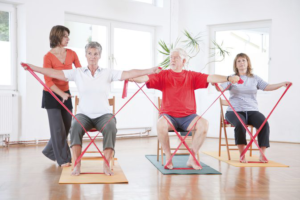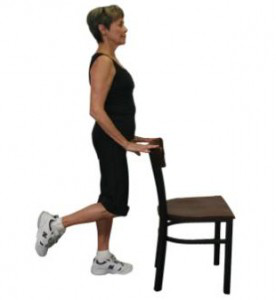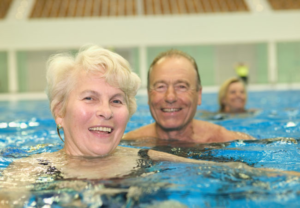Making Exercise a Routine
Making Exercise a Routine
Do you get enough exercise? If the answer is no - and that's especially true for those of us with diabetes. Recent Studies have suggested that only 39 percent of people globally with type 2 diabetes participate in regular physical activity And that's a shame, because working out can help increase insulin action and keep blood sugars in check, says Sheri Colberg-Ochs, PhD, founder of the Diabetes Motion Academy in Santa Barbara, Califorinia, and professor emerita of exercise science at Old Dominion University in Norfolk, Virginia.
A regular exercise programme tailor made for every individual and undertaken after due fitness evaluation with regular monitoring, is an essential part of diabetes management.
Physical activity does not need to be strenuous in order to be effective. The recommendation of 30 minutes of activity per day broken up into 10 minutes increments makes exercise a less daunting task to incorporate into one's daily lifestyle. (American council of Sports Medicine, 2007).
Exercise also helps you lose weight and improve balance, which is important because many people with type 2 diabetes are at risk for obesity and for falls. "It is fully recommended that anyone over 40 with diabetes include balance training as part of their weekly routine, at least two to three days per week, it can be as simple as practicing balancing on one leg at a time, Lower body and core resistance exercises also double as balance training."
Here are some great workouts you can easily work into your daily routine. Be sure to check with your doctor before beginning any exercise regimen , and go slowly at first. Over time, you can increase the length and intensity of your routine.
Walking
Take a walk! Walking is easy, effective, and low-cost form of aerobic exercise for people with type 2 diabetes.
Walking is probably one of the most prescribed activities for people with type 2 diabetes." Brisk walking done at a pace that raises the heart rate is an aerobic exercise, and studies show beneficial effects when people with diabetes participate in aerobic activities at least three days a week for a total of 150 minutes.


Weight Training
Plan for resistance exercise or weight training at least twice a week as part of your diabetic management plan - three is ideal, but always schedule a rest day between weight workouts (other exercise is fine on those days). Each session should include 5 to 10 different types of lifting involving the major muscle groups. For optimal strength gains, work your way up to doing three to four sets of each exercise, with each set comprising 10 to 15 repetitions.

Always warm up before you exercise. Brisk walking is a good way to do that. When you're done with strength training, do a series of stretches, holding each stretch for 30 to 60 seconds, to end your workout.
Don't belong to a gym with weight machines? No problem! You can use hand-held weights, resistance bands, or even your own body weight to build muscle.
Stationary Bicycling
Bicycling is also a form of aerobic exercise, one that makes your heart stronger and your lungs function better. A stationary bike is ideal for people with diabetes because you can do it inside, no matter the weather, and you don't have to worry about falling or getting a flat when you're a long way from home. Bicycling improves blood flow to your legs — a great benefit for people with diabetes — and burns lots of calories to keep your weight at healthy levels.


Balance Exercises
Building balance helps you stay steady on your feet and can reduce your risk for falling and injuring yourself. Balance exercises are especially important for older adults to incorporate into their exercise routine. Examples of balance exercises include:
- Walking backwards or sideways
- Walking heel to toe in a straight line
- Standing on one leg at a time
- Standing from a sitting position
- Both lower body and core muscle strength training also help improve balance.

Swimming
Swimming is another aerobic exercise - and an ideal one for people with type 2 diabetes because it doesn't put pressure on your joints. "Being buoyed by the water is less stressful for you," Colberg-Ochs says. Swimming also is easier on your feet than other forms of exercise, such as walking or jogging. Very often diabetes reduces blood flow to the small blood vessels of your extremities and you can lose sensation in your feet as a result. People with diabetes must avoid foot injuries, even minor cuts or blisters, because they can be slow to heal and are prone to infection. Special shoes made for use in the pool can help prevent scraped feet and lessen the risk of slipping.
At PROHEALTHASIA we help you to design a tailor made exercise programme for every individual keeping your goals at the first point.
BOOK AN APPOINTMENT TODAY
Come to our Physiotherapy clinic in Niti Bagh, Delhi for a chat with one of our expert physiotherapist to plan the right Physiotherapy treatment for you to get rid of pain in no time.
 Book an Appointment
Book an Appointment